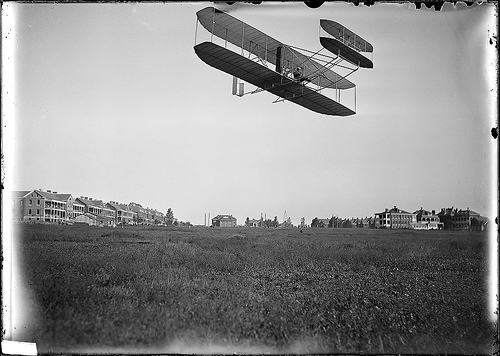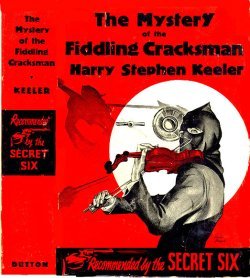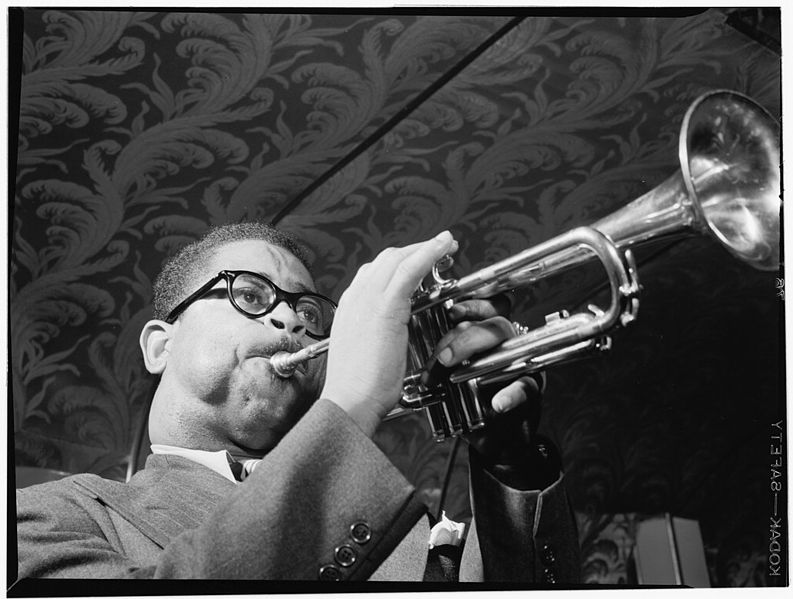The stupendously brilliant Sam Loyd’s Cyclopedia of 5000 Puzzles, Tricks and Conundrums, with Answers, originally published in 1914, is now available online.
The riddles are pathetic (“What vine does beef grow on? The bo-vine”), but the rest is mostly terrific. One problem: Loyd withheld the solutions to some puzzles, offering a cash prize. He never followed up with the solutions, so they’ve become stumpers. Here’s one, called “The Trader’s Profit”:
A dealer sold a bicycle for $50, and then bought it back for $40, thereby clearly making $10, as he had the same bicycle back and $10 besides. Now having bought it for $40, he resold it for $45, and made $5 more, or $15 in all.
“But,” says a bookkeeper, “the man starts off with a wheel worth $50, and at the end of the second sale has just $55! How then could he make more than $5? You see the selling of the wheel at $50 is a mere exchange, which shows neither profit nor loss, but when he buys at $50 and sells at $45, he makes $5, and that is all there is to it.”
“I claim,” says an accountant, “that when he sells at $50 and buys back at $40, he has clearly and positively made $10, because he has the same wheel and $10, but when he now sells at $45 he makes that mere exchange referred to, which shows neither profit nor loss, and does not affect his first profit, and has made exactly $10.”
“It is a simple transaction, which any scholar in the primary class should be able to figure out mentally, and yet we are confronted by three different answers,” Loyd says. “The first shows a profit of $15, such as any bicycle dealer would; while the bookkeeper is clearly able to demonstrate that more than $5 could not be made, and yet the President of the New York Stock Exchange was bold enough to maintain over his own signature that the correct profit should be $10.”
I’m thinking the accountant’s right, but then I was a journalism major.






 We need some new wonders. The old ones wore out some time ago, as you may have noticed. Of the seven wonders of the ancient world — the Pyramids of Giza, the Hanging Gardens of Babylon, the Statue of Zeus, the Temple of Artemis, the Mausoleum of Halicarnassus, the Colossus of Rhodes, and the Lighthouse of Alexandria — only the pyramids are left. The hanging gardens may never have existed.
We need some new wonders. The old ones wore out some time ago, as you may have noticed. Of the seven wonders of the ancient world — the Pyramids of Giza, the Hanging Gardens of Babylon, the Statue of Zeus, the Temple of Artemis, the Mausoleum of Halicarnassus, the Colossus of Rhodes, and the Lighthouse of Alexandria — only the pyramids are left. The hanging gardens may never have existed.